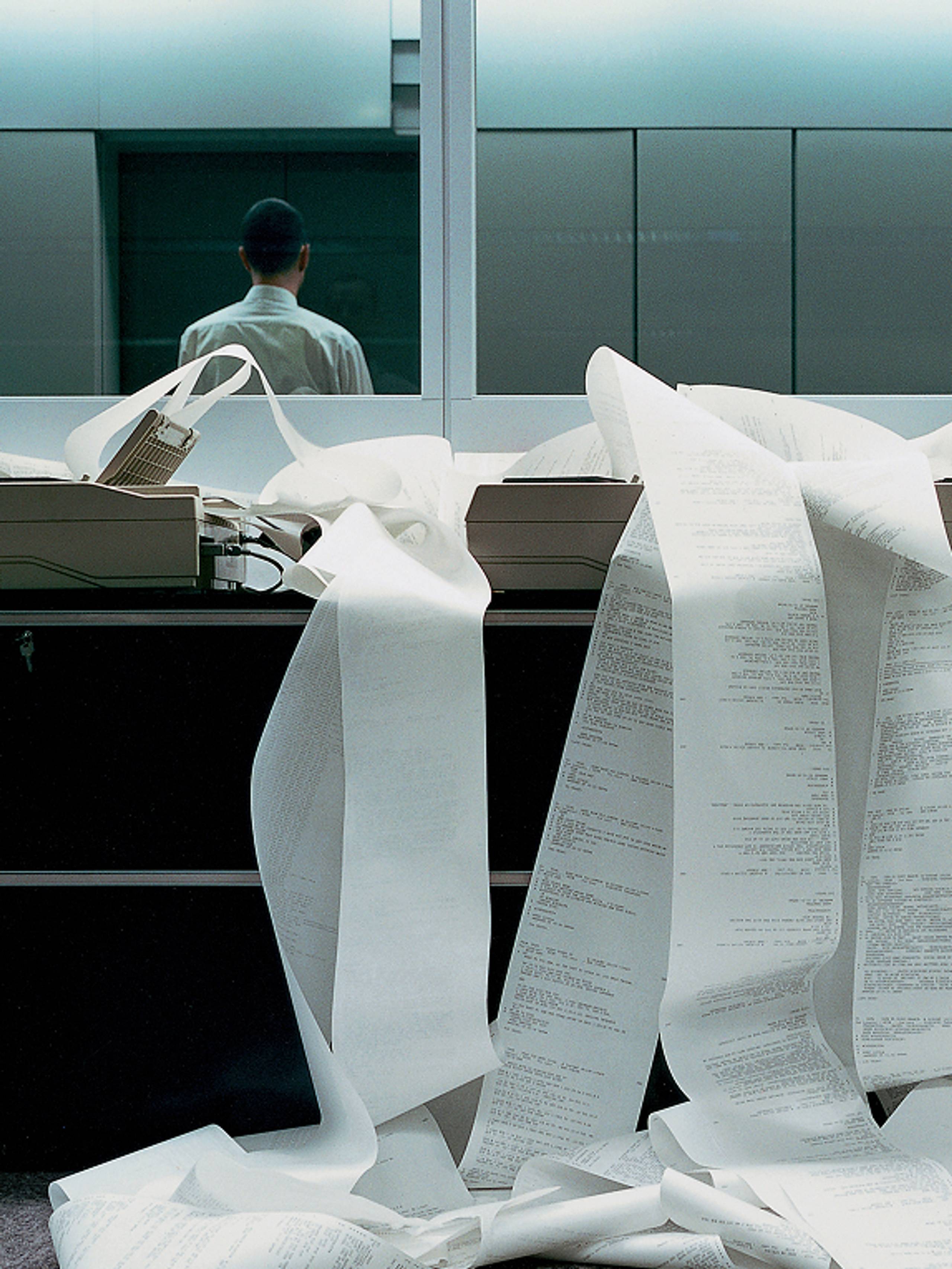
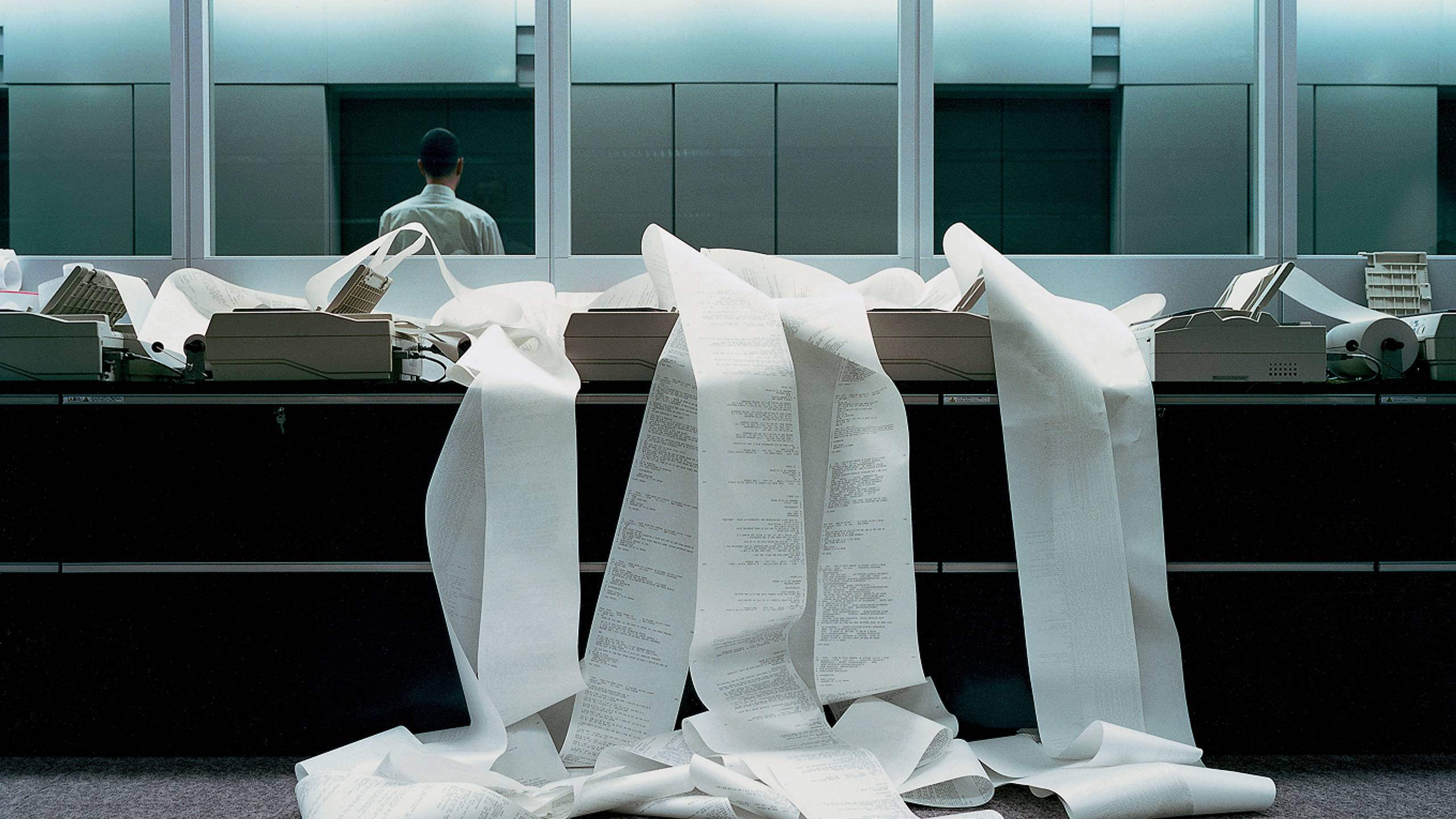
A Decade of Discovery
Inside the multitudinal universe of the Marseille publishing imprint Loose Joints.
When starting any new venture, it can be easy to have such a fixed, dogmatic idea of what you want the final outcome to be, that you don’t let yourself get lost in the journey. Or perhaps worse, you can even lose sight of why you dreamt up the idea in the first place. But what if, instead of the end, you stayed committed to the start, and to letting the path take you in unexpected directions? Since 2014, this has been the ethos of designer-bookmaker duo Lewis Chaplin and his co-founder and partner, Sarah Piegay-Espenon with Loose Joints: Their London-born, Marseille-based multi-award winning, independent publishing house and design studio.
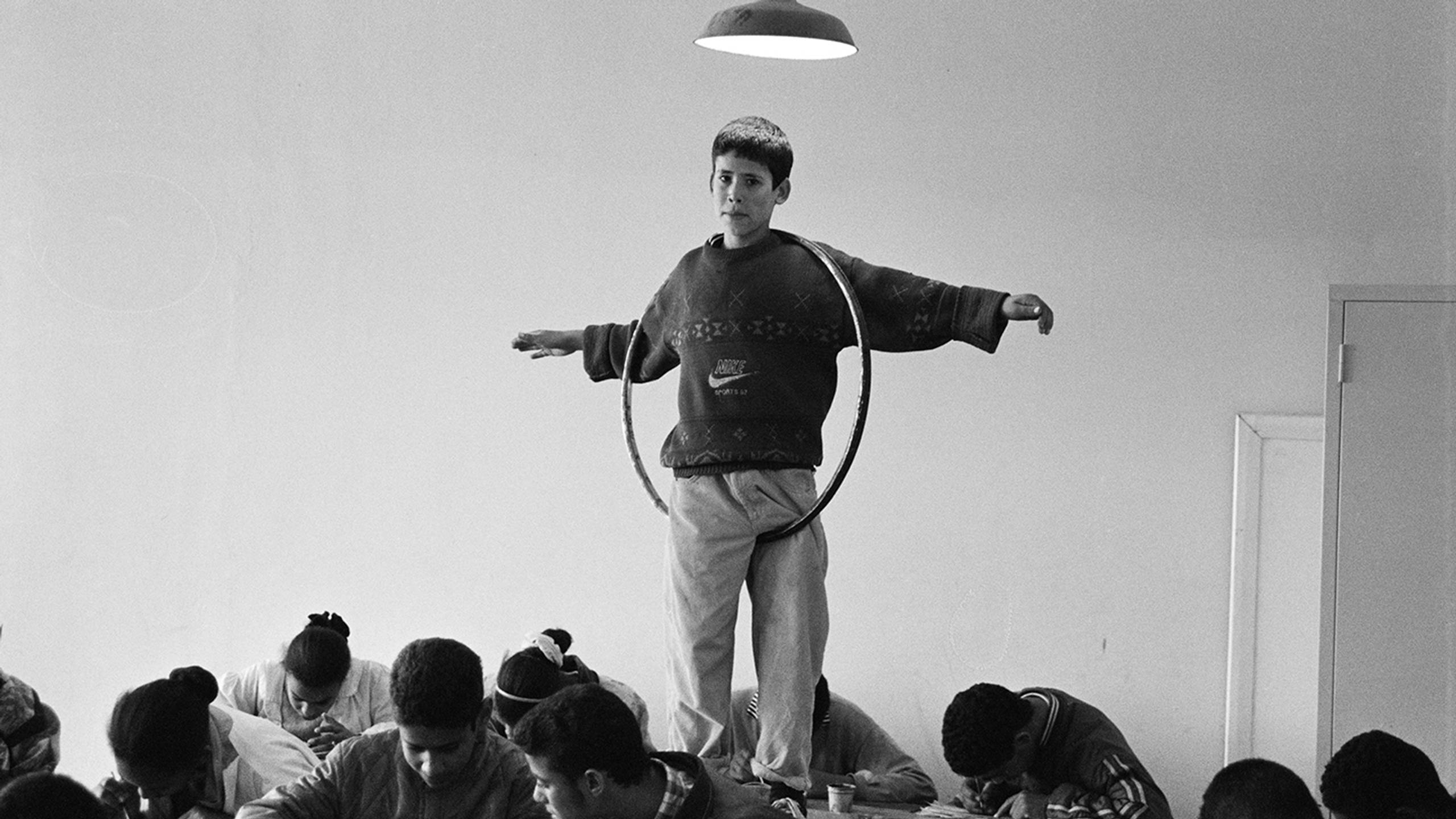
Speaking over the phone in March, Lewis Chaplin recounts the early days of Loose Joints. “When you start a new project, you're just trying things out, experimenting, exploring the medium,” he says. “Our commitment to what we publish has always been centered around contemporary photography and projects which are engaged politically, socially or culturally. We’ve also always been interested in spotlighting photographers who aren't necessarily well known. All of these things have always felt second nature to us in terms of what our interests are anyway." As an intimate endeavour gains momentum, it can be testing not to succumb to traditional industry expectations or more commercialized methods of working, yet Loose Joints have remained steadfast in marching to the rhythm of their own drum. “Sarah and I try to preserve many of those very independent ideals that came right at the beginning, which were about doing things how we wanted to do them."
The Loose Joints spirit is encapsulated by its name, which was inspired by the late Arthur Russell. Chaplin and Piegay-Espenon were drawn to the way in which the American musician refused to conform to others’ expectations, or to be defined by the limits of genre. “Arthur Russell, for me and Sarah, is an incredibly inspiring person,” says Chaplin. “The music he made in his lifetime transcended different genres and styles – from minimalism to pop music to folk and disco. Our name, Loose Joints, is a reference to the name of a disco side project that he did.”
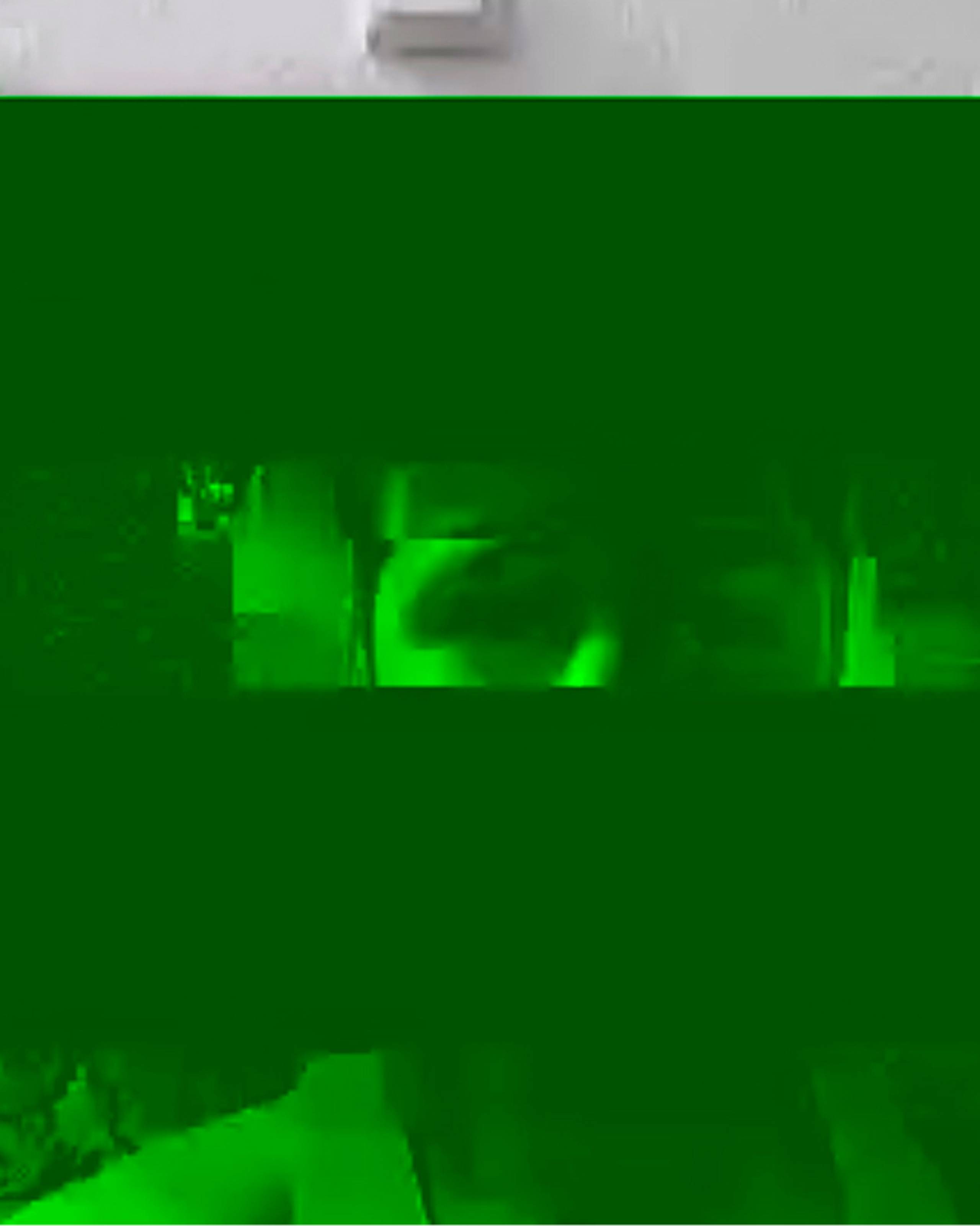
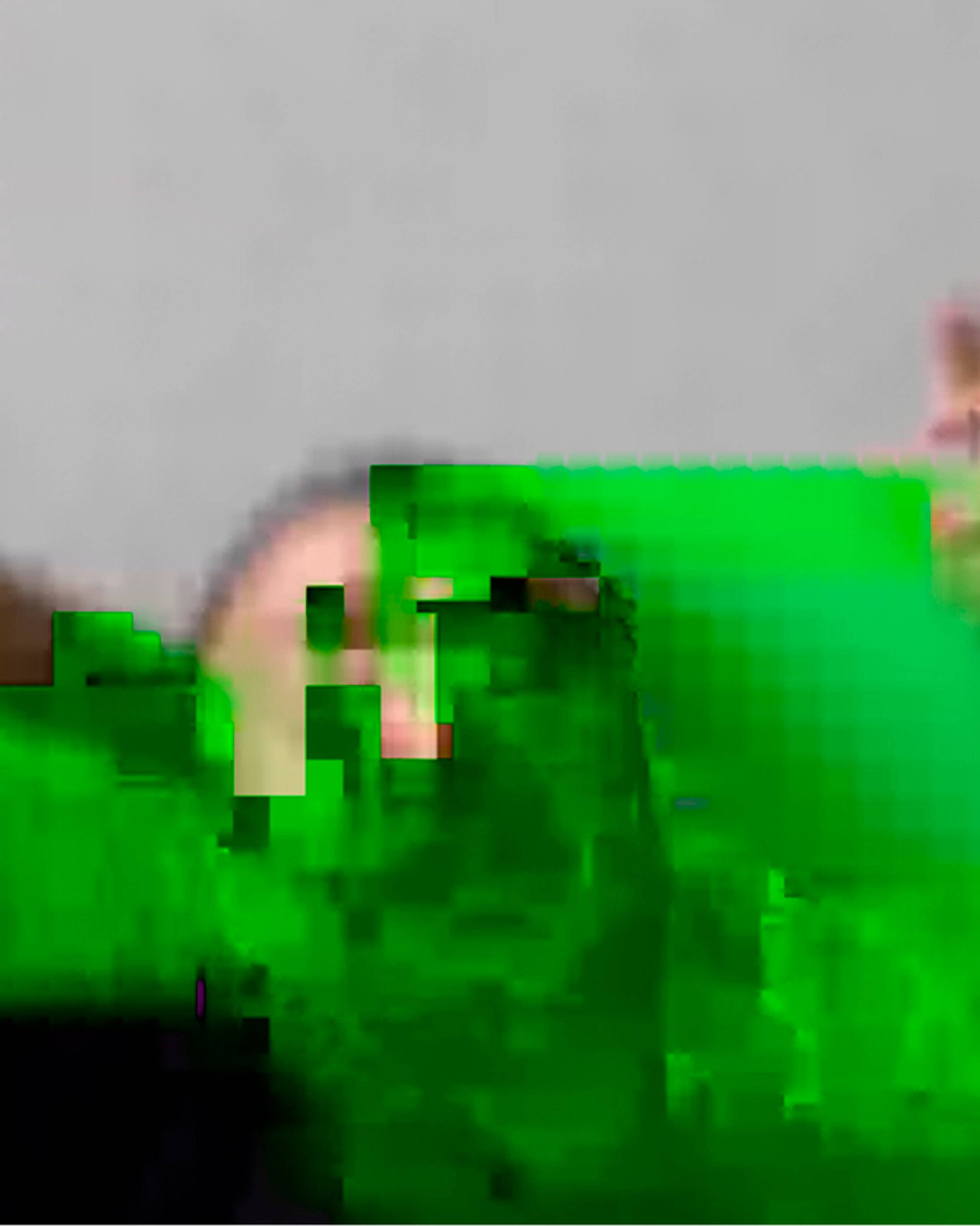
In 2019, Loose Joints swapped London for Marseille: France's second largest city, perched on the Mediterranean Sea. Until relatively recently, it has not typically been considered a creative capital, although that perception is changing. "Given how global and spread out our publishing activities are nowadays, it started to feel less and less relevant for us to be in London," says Chaplin. "Marseille has its own creative scene, it has good art schools, there's a lot of communication between Paris and Marseille — it felt important to get involved with that."
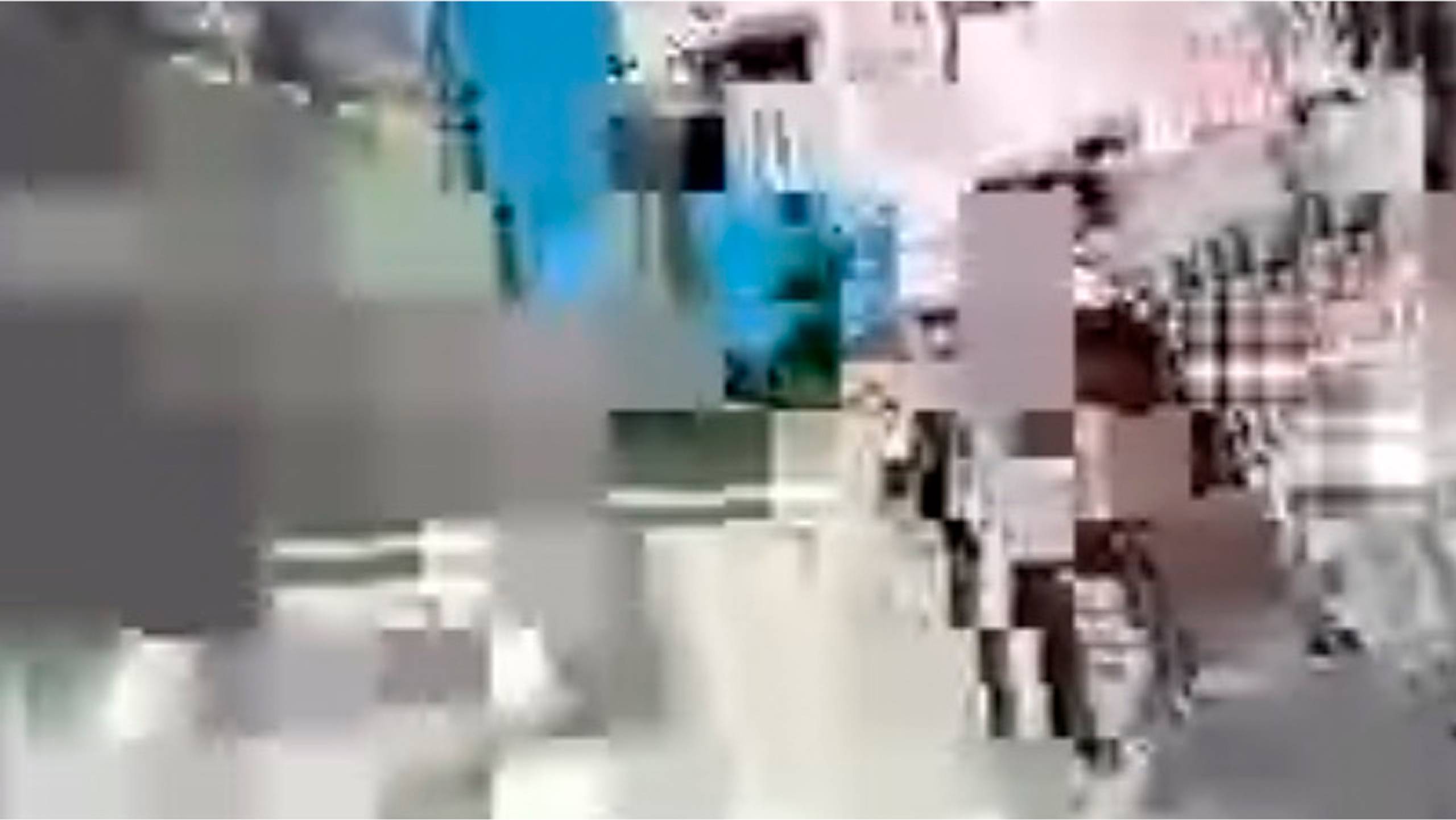
In July 2021, as the strictest measures of the global COVID-19 lockdowns began to lift, the duo founded Ensemble — a bookshop, studio, and gallery space dedicated to contemporary photography. This was in part to establish a physical presence in Marseille, and to serve as a space for the local arts community and beyond. "One of the reasons we wanted to open a bookshop was to feel that we were contributing economically and concretely to the city," says Chaplin. "I like that Ensemble is a public-facing space which draws in all kinds of people. The bookshop is not just for stocking our books either. We sell a curated selection of publishers from all over the world and we organize small exhibitions and host events too. Then in the back we have our office. Sarah and I are interested in demystifying what we do as publishers, rather than being tucked away in some secret place."
In keeping with this idea of transparency and an open door, unlike many publishers Loose Joints maintains an open submissions policy. This is because they are committed to seeing as great a variety of work as possible, and they source their artists through this open submissions policy, as well as by an arduous process of research and outreach, or even sometimes just by stumbling upon a hidden gem.
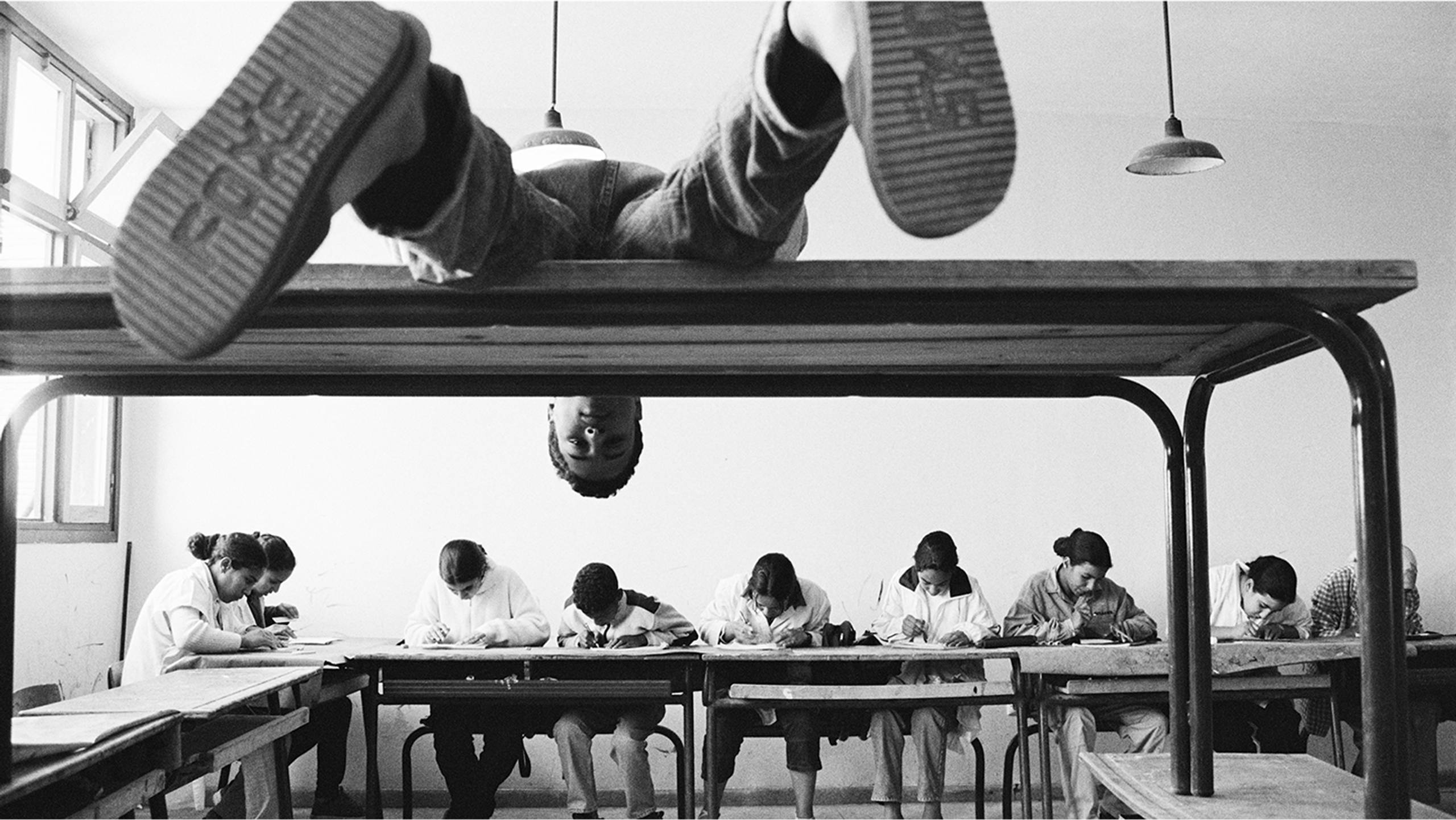
This was the case with Hicham Benohoud's recently published book, The Classroom. Taken during his time as a high school art teacher in Morocco, Benohoud’s intricate photographs and performance imagery use the backdrop of the classroom to explore nuanced themes of post-colonial identity, freedom and control through the context of education. "Hicham Benohoud was a Moroccan high school teacher in the 90s. He didn't have a big profile as an artist,” says Chaplin. “He had published a small book with a reduced selection of images twenty years ago that got our interest, but we weren’t able to contact him until recently. He was a self-taught photographer who had built a darkroom in the bathroom next to the classroom. It's work that might never have seen the light of day if it hadn't been for a bit of curiosity.”
Their hands-on approach allows Chaplin and Piegay-Espenon to nurture symbiotic relationships with photographers. They often work with early-career artists, committing to a time-intensive process that is something more like a collaboration between artist and publisher than traditional publishing would typically offer. “I think historically, photographers haven't always had the support structure to allow them to publish a book in the way that's best for them and their work,” says Chaplin. “Our approach is about getting deep into a project with an artist. Editing, selecting, and sequencing the work, often from thousands of images, and assisting them with building the conceptual structure of a project. It's very meaningful to be trusted in that way by a photographer. I don't know if there was enough space for that approach to publishing when we started."
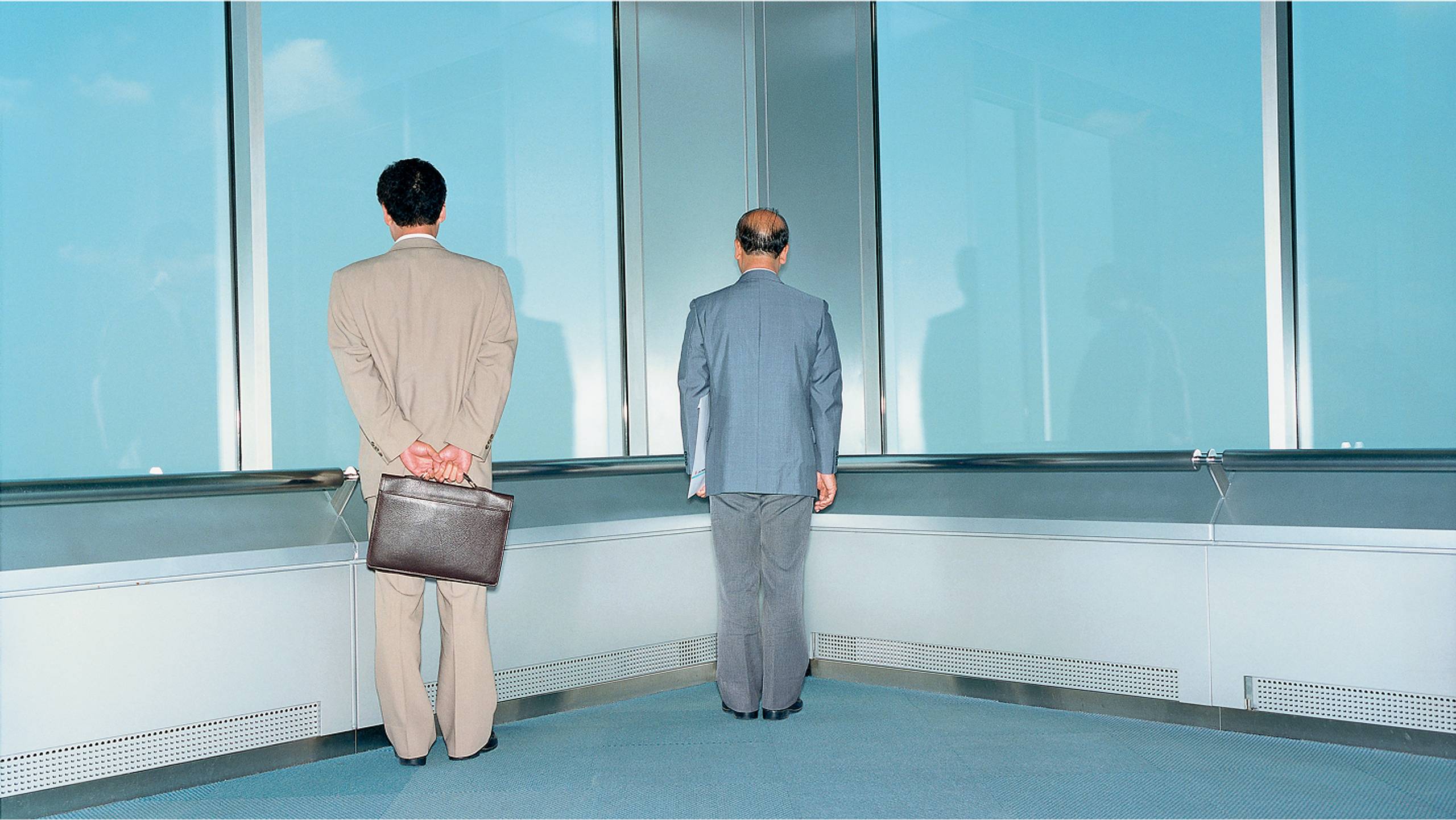
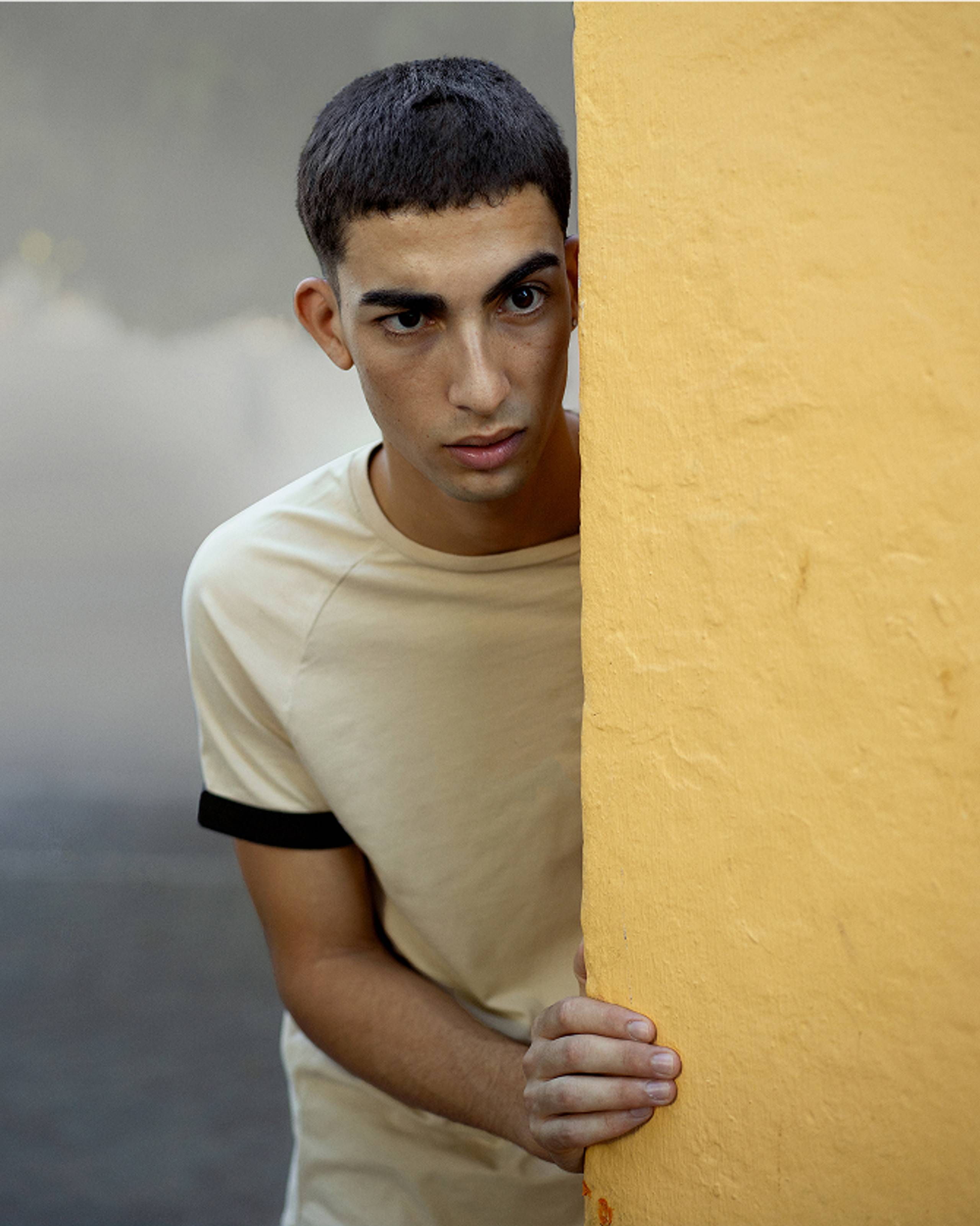
Chaplin studied Anthropology at Goldsmith’s, University of London, and it's clear that the methodologies of this discipline have informed his work with Loose Joints. "Anthropology is about using different ways of experiencing the world to try and relate to your own experience,” he says. “That's something that carries through a lot in the projects that we're interested in photographically — to hear voices and approaches that come from elsewhere, to help redefine your own viewpoint."
This is true of Périphérique, a series of photographs by the French-Algerian artist Mohamed Bourouissa that helped launch his career. The project title refers to the Boulevard Périphérique — a ring road that encircles Paris, severing the inner city from its outskirts, which are known as the banlieues. Périphérique brings into focus economically disenfranchised and marginalized communities, intending to make them visible within a society that often stereotypes and rejects their existence. Shot between 2005-2008, during a period of social unrest in the banlieues, Bourouissa, who was a local resident, meticulously photographed constructed scenes of the local community, many of whom are his friends. By adopting the poses and staging more often found in historical paintings, the photographs manage to channel both palpable tension and gentle grace. Despite being considered an important photographic project in France, before 2021 Périphérique had never been published in full as its own monograph; until Loose Joints reached out to Bourouissa. “We reflected that many of the motifs of the work — around media (mis)representation, social tension, and the stereotyping of marginalized groups in France — still felt so present in 2021, despite the passing of time and the original context of the work made against great social unrest in the French banlieues,” says Chaplin. “To expand on this idea, we commissioned two new texts about the work from the writers Clément Chéroux and Taous R.Dahmani, and we also worked with Mohamed to uncover close to sixty preparatory studies, outtakes, and observational images that had informed the execution of the work.” Through the inclusion of the work behind each image, the final monograph helps to highlight how considered, and carefully composed each photo is.
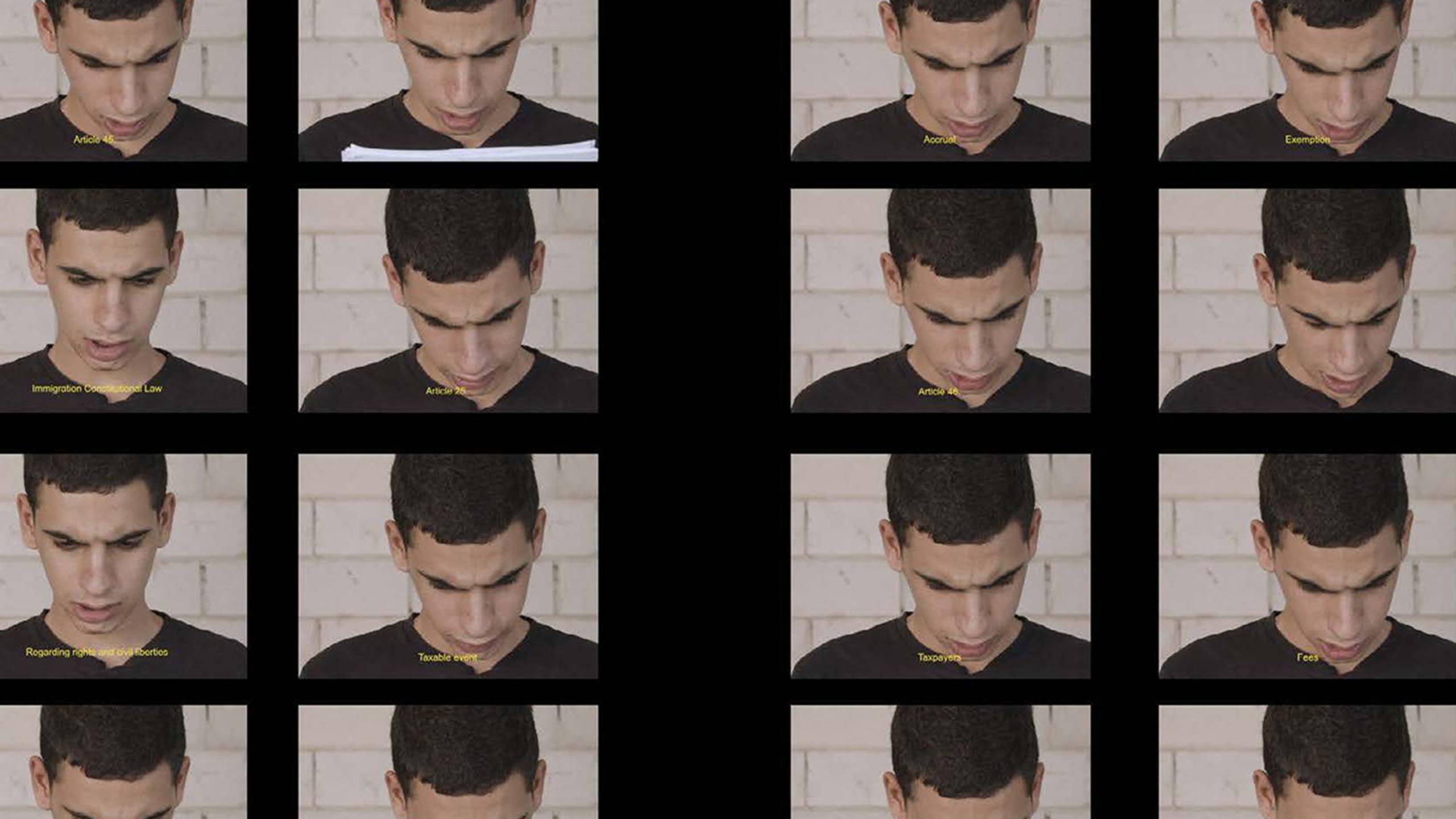
Having recently celebrated its 10th anniversary, thoughts now turn to Loose Joints’ future. “What's so exciting about photography is that it's continuously accelerating and moving forward, and you, as a publisher, have to keep up.” says Chaplin. Loose Joints may still be a relatively small publishing outfit, but its influence and reach is considerable – and continues to grow. “I guess the hope is that we can continue doing that and not get stuck in a particular way of working, aesthetic approach, or something that feels nostalgic or outdated. I just want it to feel modern and relevant to the time that we're in."
Words: Nancy Eld
Images: Pierre Girardin